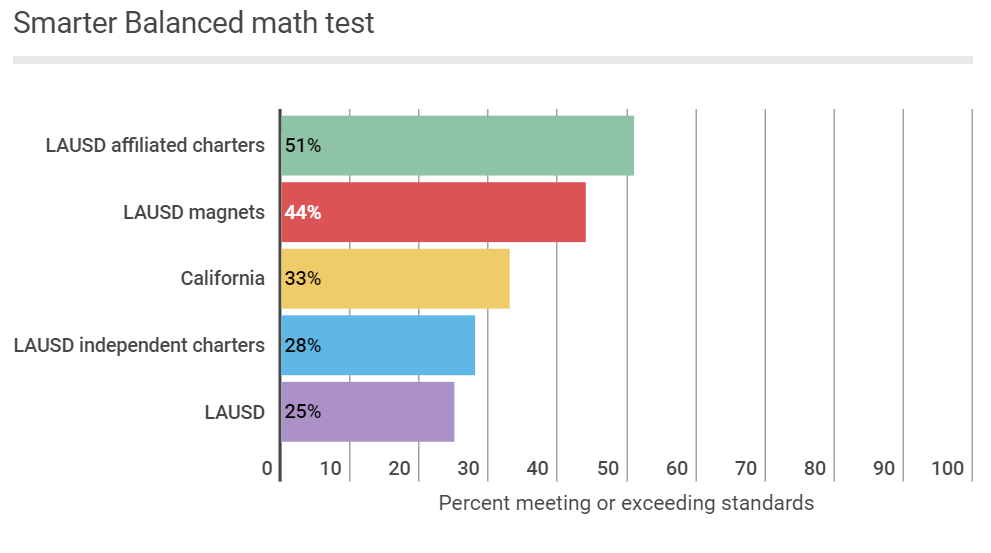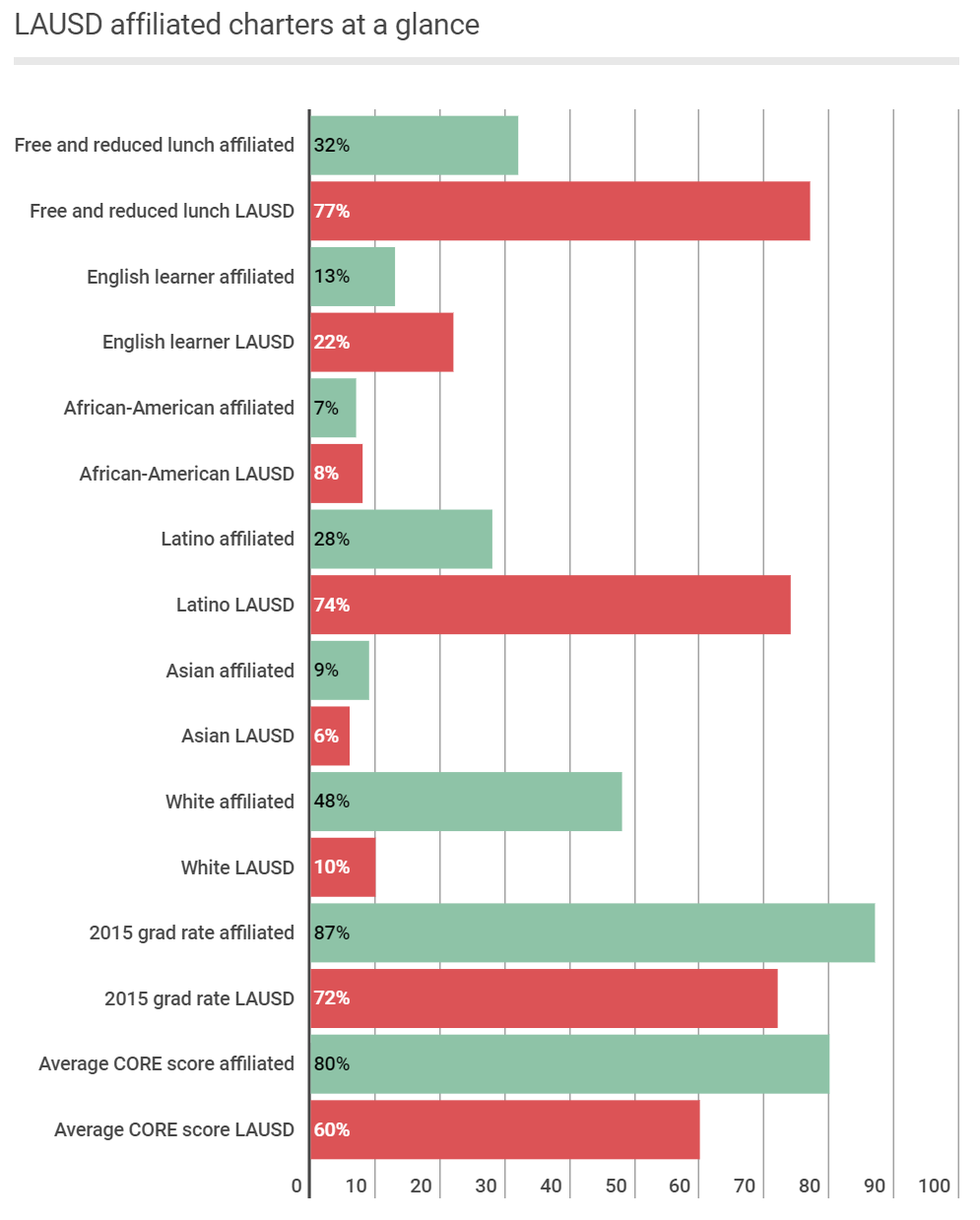Real Estate Rollercoaster in South LA
Eric Zunkley
I've became familiar with South Los Angeles: Mid City, West Adams, Liemert Park, View Park, Ladera Heights, Baldwin Hills, and Windsor Hills. around 12 years ago when I started traveling to Liemert Park for holiday gatherings.
In the coming years there will be an increase in jobs and housing in the Culver City area. With this growth I anticipate there will higher price appreciation in the areas I mentioned above.
I feel in love with Baldwin Hills for the views, and the abundance of mid century homes. This was one of the properties that really caught my eye.
I remember driving by this home (featured in a Taco Bell commercial) 4109 Don Luis Drive and immediately saw the potential. The whole area is full of homes that have beautiful design. Link to an old article featuring the property, Baldwin Hills restoration embraces its midcentury roots
Here are some of what I am reading and listening too.
Take Two on KPCC - Unemployment is Hitting LA's Black Neighborhoods Hard
Unemployment has swept Los Angeles as a result of the coronavirus pandemic, leaving 20.3% of workers in L.A. County out of a job. But joblessness has climbed much higher in parts of L.A. with large Black populations.
Unemployment in LA County is 20.3%, as low as 10.6% in Hermosa Beach and as high as 32% in View Park / Windsor Hills.
CIM to buy Baldwin Hills Crenshaw Plaza
“CIM Group joins a growing chorus of developers who see potential in converting former mall spaces into offices. Hudson Pacific Properties and Macerich are turning almost all of the former Westside Pavilion into offices and early last year leased the entirety of that space to Google.”
CIM Group backs out of mall buy after community backlash
Developer CIM Group backed out of plans to buy the iconic Baldwin Hills Crenshaw Plaza shopping center following pressure from Black community leaders who argued the purchase represented gentrification and was a threat to South Los Angeles and its economic interests.
The Essential Guide to L.A.’s Post-Pandemic Real Estate Roller Coaster
Amazon’s impending occupation of Culver City—Jeff Bezos’s behemoth will soon expand beyond 700,000 square feet of office space there—is just one of many tech giants moving into the area. Together with Apple, TikTok, and HBO, more than 7,000 new employees are scheduled to work in the incorporated city of 39,000 in the next two years. “That’s a remarkable amount of new jobs with remarkable companies,” says Eric Willett, a research director at CBRE. “[Neighboring] West Adams has a unique confluence of factors: a combination of cultural attractions, access to tech and creative talent as well as infrastructure. We don’t see underlying risk factors there, only huge potential for growth,” he says. Massive developments like Cumulus, which features a 31-floor high-rise and a seven-story building, will add 1,210 rental units this fall, while an additional 400 from a variety of projects are in the pipeline, says Willett. Many of the people moving into these new properties will be coming from Culver City, says Lina Lee, associate vice president of development at CIM. “These are people whose apartment has changed hands or whose rent has gone up dramatically.” But they won’t be heading to just West Adams. Leimert Park, View Park, Ladera Heights, Baldwin Hills, and Windsor Hills have all seen double-digit annual price jumps in the past three years. “There is nowhere else to go to the west, and there are hills to the north. The migration we’re going to see is to the southeast of Culver City,” says Lee. “Four years ago you could get a small three-bedroom home in West Adams for half a million dollars. Now it’s more like $850,000 or higher. That’s a year-over-year increase that far exceeds the rest of Los Angeles during the same period.
Buyer’s are starting to notice the area.
Tami Pardee says landlocked Westsiders in Venice and Marina del Rey are seeking higher ground in Baldwin Hills. “You can get space and land for a lot less money there,” she says. “There are homes from $700,000 to $1.5 million, some of which have amazing city views.” Edel Legaspi and her husband, Christopher Courts, paid less than a million for their 1,600-square-foot midcentury ranch in Baldwin Hills three years ago. “At that point we were priced out of Culver City,” says Legaspi. “It was this great surprise to discover this neighborhood. It’s quiet, with great walks, and our house has great city views. We can see the Hollywood Sign and sometimes the Griffith Observatory.” The higher streets, known as the Dons, have become a hotbed of activity: “Since we moved in, two houses next door and one across the street have been purchased by developers and flipped.










